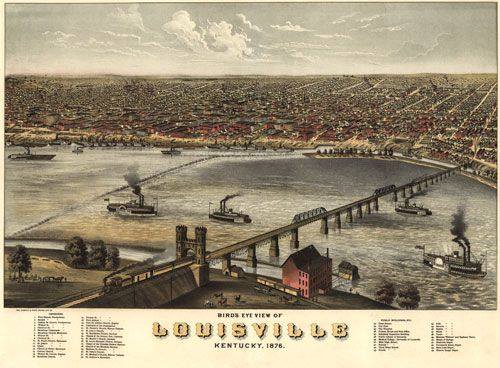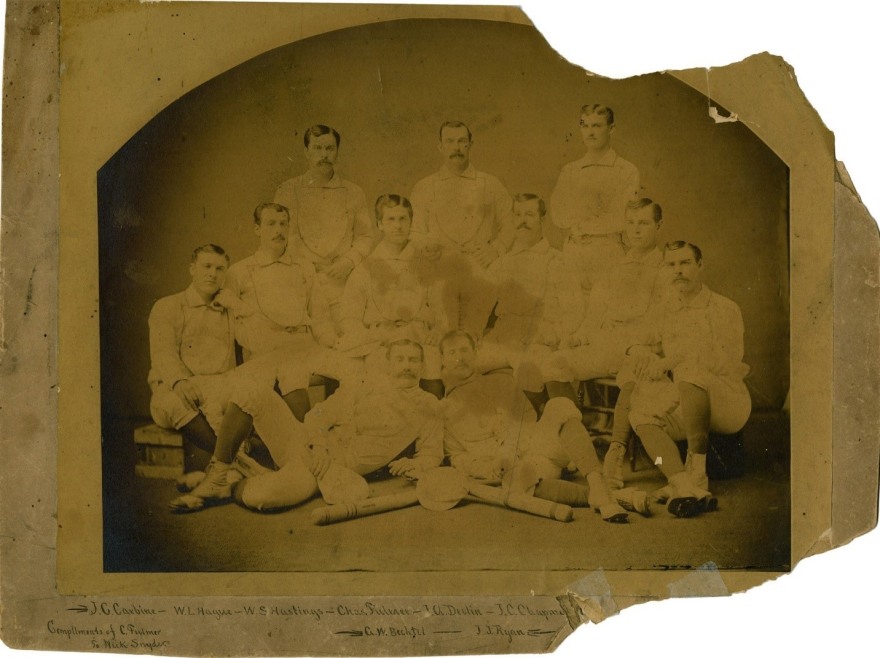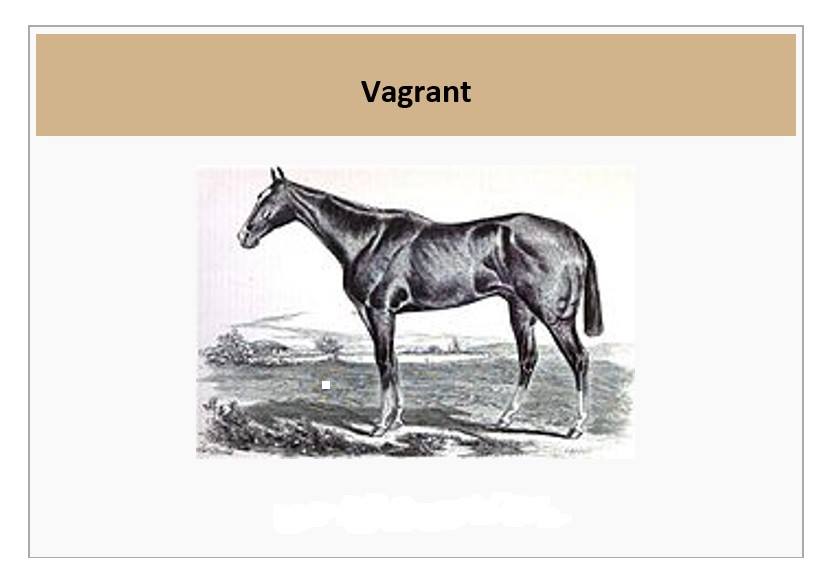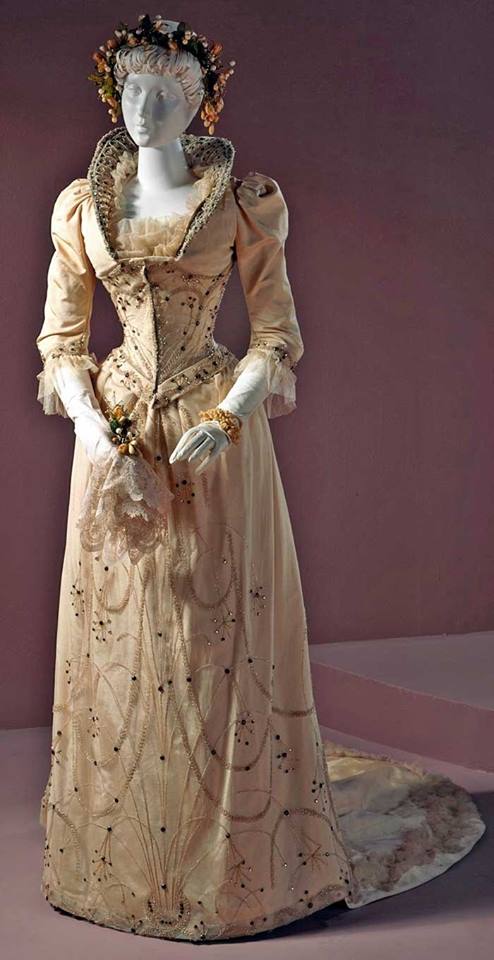When starting to write my historical romance, Hopelessly, Completely, MADLY in Love, I choose the year 1876 for a simple enough reason. It’s the hundred-year anniversary of the independence of America. I ended up not mentioning this significant fact, because my character, Lexi Donovan, was dealing with some trying issues when the celebration would have rolled around.
My grandfather told such rich, captivating stories about Kentucky that I wanted to use his home state as the location. We are distant cousins of Jesse James. I was privileged to tales about all of his criminal antics, except Papaw Ed made the Pinkertons sound more like the outlaws and Jesse the hero. My oldest son did a report in school about him as his famous relative and traced our genealogy to prove the kinship. I really hope his research didn’t give him any ideas about robbing banks or trains.

The year 1876 was a wonderful time for Lexi to take a train from her hometown of Bardstown, Kentucky to Louisville and visit her grandmother, Maggie Weston. Maggie’s step-grandson, Luke, takes Lexi into town for a couple of fun-filled events. During my research of weather—yes, I try to find out the weather conditions for the time period if possible—I found that a natural disaster almost caused opening day for the Louisville Grays not to take place.

Here’s the weather report I found online: A tornado touched down west of present-day University of Louisville and moved to the north-northeast across eastern sections of the city. The tornado struck the brand new baseball park, located where Saint James Court is today, built to host Louisville’s new National League baseball team, the Louisville Grays. The park was badly damaged, just 12 days before the season’s Opening Day. The park was quickly repaired and was ready to go in time for the first pitch. The tornado continued northeast across the land that would become Central Park, and into Eagle Park between Ormsby and Park Avenues and Third and Fifth Streets. Eagle Park was Louisville’s baseball park before the new one to the south was constructed. Eagle Park was demolished, and the baseball diamond’s bleachers were destroyed. Damage was then fairly sparse until the tornado entered the Germantown and Phoenix Hill neighborhoods. Germantown was hardest hit. A two story brick home was damaged “about as complete(ly) as it could possibly be” and a man and his son were killed in the home, on the northeast corner of Payne and Logan Streets (those streets do not intersect today, so this exact location is unknown). Mills on Broadway at Beargrass Creek were wrecked. Houses were severely damaged on Green Street (now Liberty Street) near Campbell. Blacksmith shops on Preston “near the railroad crossing (?) were blown down. Half a dozen houses were damaged on Milk Street (?) at Shelby Street. The Exposition Building and its skating rink were damaged. Light damage was reported on Walnut Street (now Muhammad Ali Blvd). Most of the injuries in the tornado were in a street car that was hit by the roof of a house.
Lexi and Luke were also present at an event still well-attended today. I included all the facts in this excerpt, “Luke also invited Lexi to the second running of a horse race called the Kentucky Derby. She picked a thoroughbred that reminded her of her own ebony colt, Onyx, and cheered enthusiastically for him during the two minutes and thirty-eight seconds that lapsed from the start of the race to crossing the finish line. Her horse won by two lengths.”

I also find nerdy facts such as the phase of the moon for when I’m writing about night scenes. I like for my historical novels to be as accurate as possible. When Lexi is kidnapped, as determined in my notes to be around April 17, 1877, the waning gibbous moon helped light the way.
Lexi was originally from Springfield, Kentucky. I found an old map near the time period that showed the railroad starting at Springfield with the next stop as Bardstown, and then on to Louisville. After digging a little deeper, the line didn’t run from Bardstown to Springfield until 1888. Even though Lexi’s location was moved about seventeen miles southwest, I still managed to work the town of Springfield into the book.
Describing furniture pieces and the fashion during a time period is important to draw the readers in. I had to do a little digging to find the perfect place for Lexi to find comfort since she was a small child, a French Louis Philippe sleigh sofa covered in a gold silk damask fabric. She liked to run her fingers over the carved wood back. She gets new bed later in the book, a walnut renaissance revival Victorian Eastlake high back bed with decorative wood carving in the center of the headboard. I had a really hard time finding a suitable wedding dress when she married the love of her life. “The two-piece cream corded silk creation was encrusted with glass beads, rhinestones, and amethysts. The tight-fitting bodice only enhanced her perfect figure. but her happily ever after dress was as lovely as her.” Lexi does her get her happily ever after as the bachelors in town look on.

Our thanks to Khristina Atkinson for bringing this colorful look at the research process to light. Ms. Atkinson is a valued participating author and prolific suspense writer. You can find more of her writing at her blog: http://khristinaatkinson.wordpress.com/
You can also visit her websites for more information on her books: http://khristinaatkinson11.wix.com/romanceandsuspense
http://www.khristinaatkinson.com/


Reblogged this on Viv Drewa – The Owl Lady.
LikeLiked by 1 person